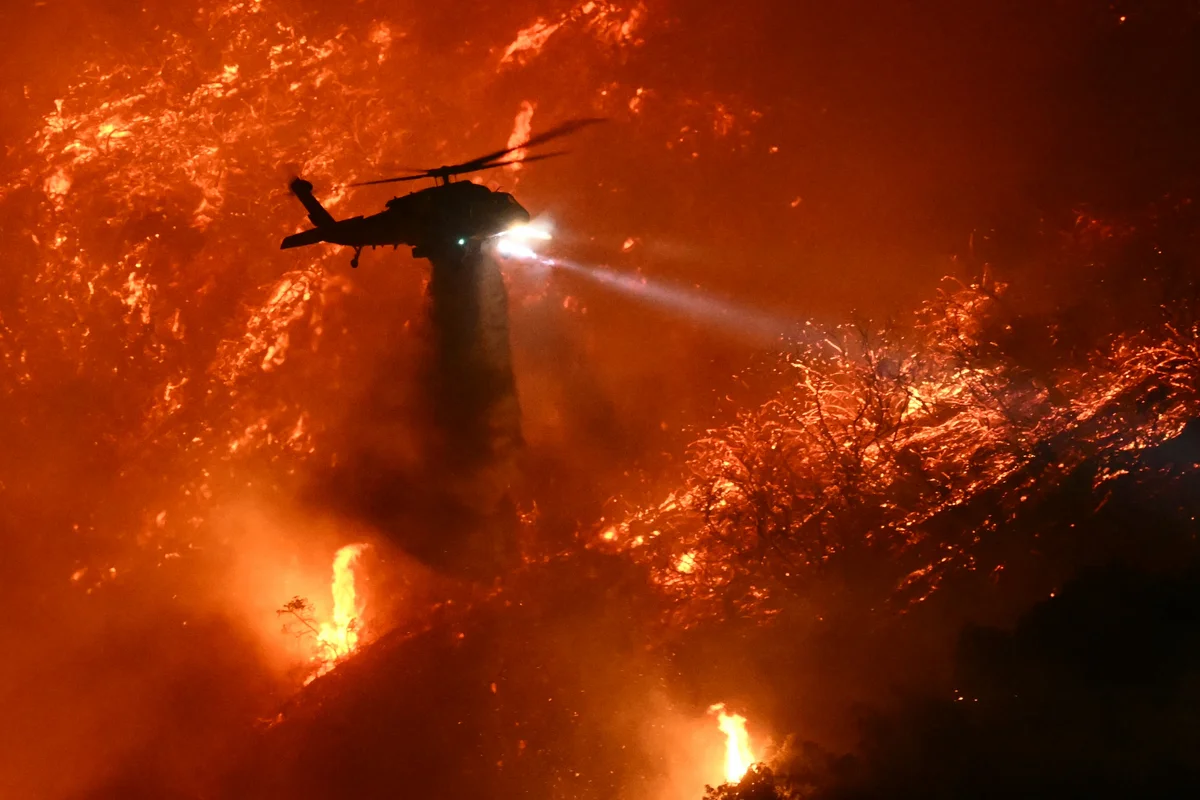Torrential rains have unleashed havoc in one of the world’s driest locales: Dubai. In a rare turn of events, heavy downpours have destroyed airplane runways, submerged vehicles, congested highways, and tragically claimed several lives. The disruption was felt far beyond the city’s borders. Flights out of Dubai’s airport, a critical global transit hub, faced severe delays and cancellations.
This isn’t an ordinary occurrence.
On average, the Arabian Peninsula receives a scant few inches of rain a year. Generally, precipitation falls in infrequent but severe bursts, unlike the periodic showers we experience here. According to the UAE officials, the 24-hour rainfall marked the largest on record since data collection began in 1949.
In the aftermath of these unusual events, speculation emerged regarding the potential role of cloud seeding, a practice commonly employed by the UAE, in precipitating this crisis. Cloud seeding involves the introduction of chemicals into clouds to enhance rainfall, particularly in regions facing water scarcity challenges. But the UAE’s meteorology agency claims there were no such operations before the storm.
According to experts, the substantial rainfall was more likely a result of a typical weather system exacerbated by climate change. Climate scientists corroborate this assessment, pointing to the escalating global temperatures driven by human-induced climate change as a catalyst for increasingly extreme weather events worldwide, including intense rainfall. Esraa Alnaqbi, a senior forecaster at the UAE government’s National Centre of Meteorology, suggested that climate change likely played a role in amplifying the storm’s impact.
Alnaqbi explained that a combination of a low-pressure system in the upper atmosphere and low pressure at the surface acted as a pressure “squeeze” on the air. This squeeze, heightened by the contrast between warmer temperatures at ground level and colder temperatures higher up, created the conditions for the potent thunderstorm. Alnaqbi noted that such an “abnormal phenomenon” was not unexpected for April, as rapid pressure changes often accompany seasonal shifts.
In their most recent evaluation of climate research, scientists assembled by the United Nations concluded that there is insufficient data to draw definitive conclusions regarding rainfall patterns in the Arabian Peninsula and the extent to which climate change is influencing them. Nonetheless, the researchers cautioned that should global warming persist and worsen in the upcoming decades, it is highly probable that extreme downpours in the region will intensify and occur with greater frequency.
As the skies cleared and Dubai began to assess the aftermath, the damages are a testament to the ferocity of nature. They are also a stark reminder that even the most arid regions are not immune to the impacts of a changing climate.
In the face of the looming threat of more frequent and intense downpours, the imperative to address climate change and build resilience against its effects has never been clearer. It is only through concerted global action that we can hope to save our lives, our communities, our world.







